Prince of Persia: The Lost Crown is a Beautiful Return to Tradition | Hands-On Preview
Trouble in Persepolis.
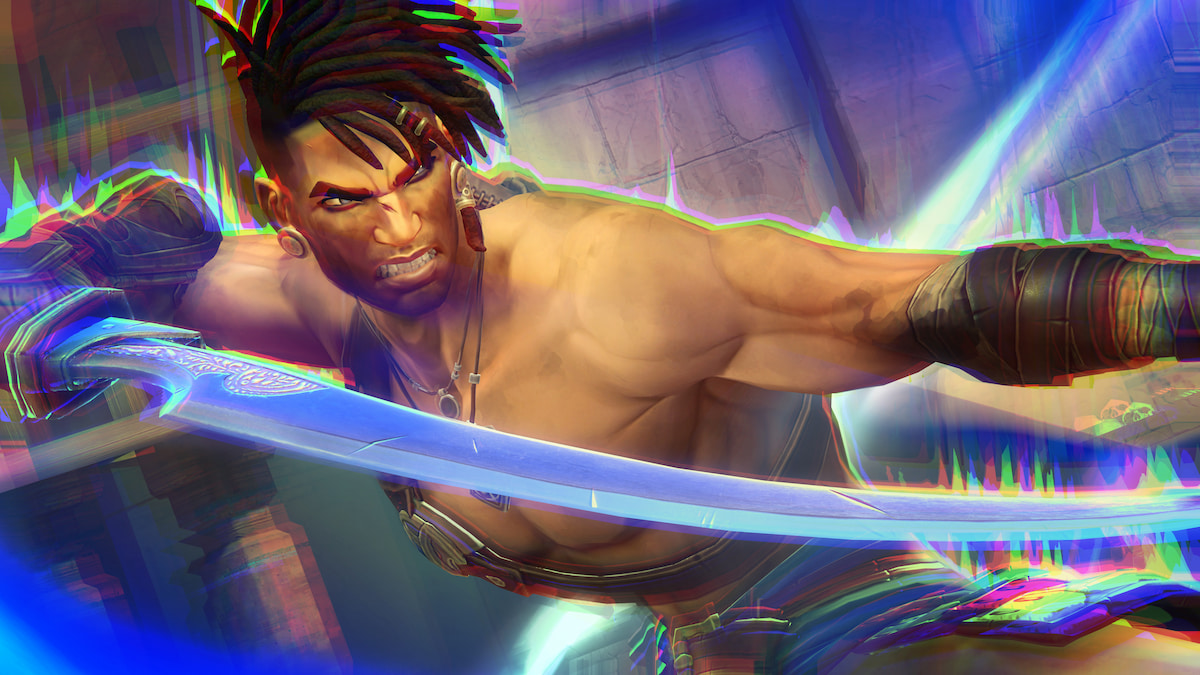
I’m probably showing my age here, but when I think of the Prince of Persia franchise, my mind hearkens back to those side-scrolling cinematic platformers of the early 1990s. Growing up in a Persian family, hopping about in dungeons laden with traps and a palace roaming with turban-clad gentlemen always struck me as a silly balancing act between Iranian representation and what Americans imagine the Middle East is like. Even so, I loved those games. The original Prince of Persia drew inspiration from folk tales like those in Arabian Nights and Hollywood films like Indiana Jones. And while the original almost feels like a prequel to Disney’s Aladdin, the future trilogy did try to lean more into Persian culture.
Recently, I had the chance to go hands-on with Prince of Persia: The Lost Crown – the first entry to the iconic franchise in over 10 years that comes straight from the minds at Ubisoft Montpellier, the studio responsible for Rayman Origins and Rayman Legends. I walked away with a sense of pride, a full heart, and newfound excitement that I could finally show my stubborn and skeptical dad that video games are pretty awesome.
A Dude in Distress
For the first time in franchise history, the “Prince” is not the playable protagonist of the game, but rather the motivator for the game’s initial events. After successfully defending the kingdom of Persepolis from Kushan attackers, Sargon and the Immortals are hailed as heroes by Persia’s Queen, Thomyris, and her son, Prince Ghassan. When the Prince is kidnapped by the Immortals’ once-trusted mentor, Sargon is thrust into a time-altering adventure throughout Persian mythology and folklore to rescue the heir to the throne.
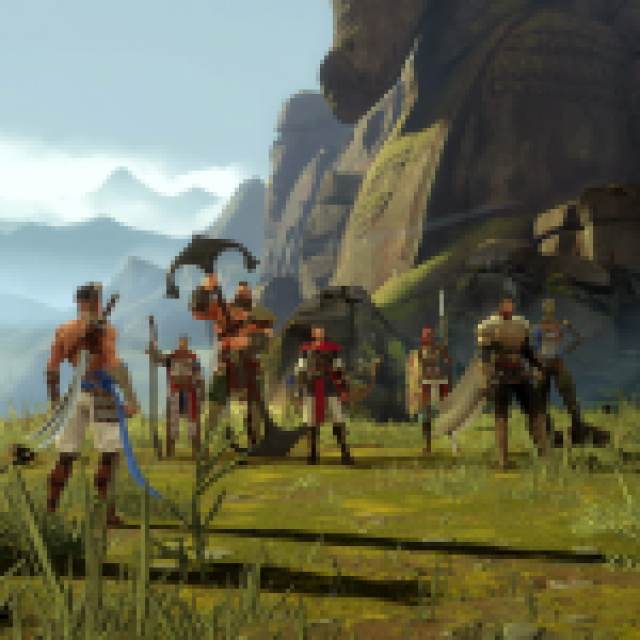
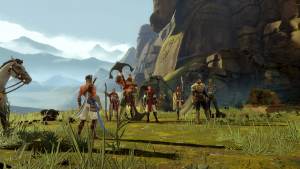
My time spent in the first three hours of The Lost Crown was mostly full of smiles, only with a couple sighs of frustration as I stubbornly kept dying in the same poison-filled sewers. From the moment the game began, I was ecstatic to discover that the entire story was available with Farsi voice-acting – something I’d rarely ever get to hear in the medium outside of games like Civilization and Age of Empires. Hearing the language I’d grown up around gave me a huge sense of recognition, and I kept thinking about how much I’d like my maman-bozorg to see and hear her language spoken to her through a medium she’d never experienced.
The introductory segments allowed me to familiarize myself with The Lost Crown’s controls, which instantly felt fluid and responsive. You’ve got all the Metroidvania movement standards here: wall-jumping, air dashes, double jumps, ground stomps – you get the picture. The combat was fun and flashy, allowing me to weave in between melee slashes, ranged shots, and dodge rolls on top of its all-too-satisfying parry system that awards over-the-top executions when performed at special moments.
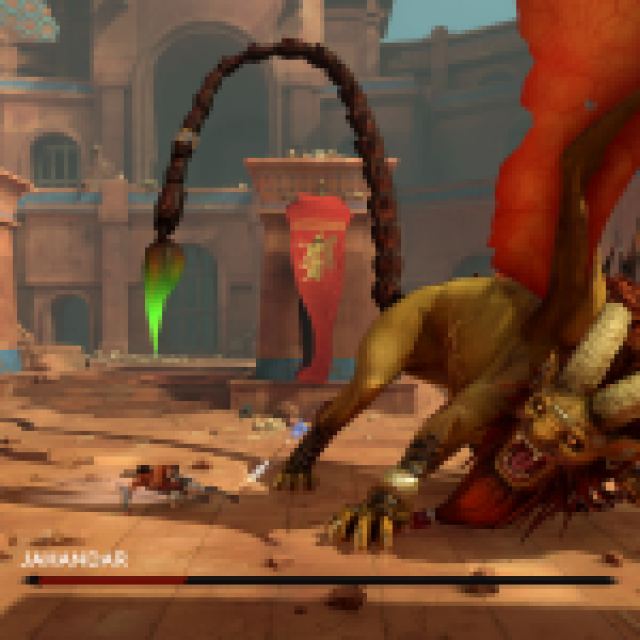
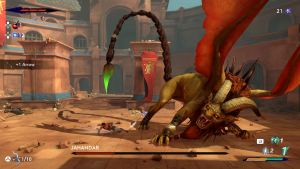
Prince of Persia: The Lost Crown is a Metroidvania through and through and, while the genre isn’t everyone’s cup of chai, it’s obvious that Ubisoft has made a conscious effort to craft an experience as modernized and accessible as they could while still retaining the hallmarks the genre is known for.
From the moment I began, I was given the option to play in either the traditional “Exploration” mode, where I was on my own to navigate throughout the world, or the new “Guided” mode, where I’d be slightly assisted by waypoints and suggested destinations. Players craving the usual back-tracking and exploration of Metroidvanias can look forward to a sprawling, expansive world with mysteriously inaccessible doorways and forked paths aplenty, while players who prefer a more straightforward narrative experience, on the other hand, can enjoy the journey without the added hours of aimless exploration the genre is often known for. Best of all, The Lost Crown allows swapping back and forth between the two modes at any time.
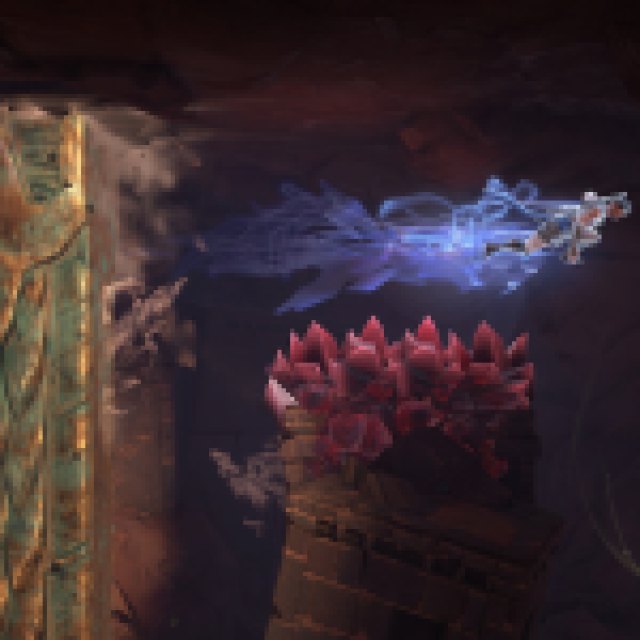
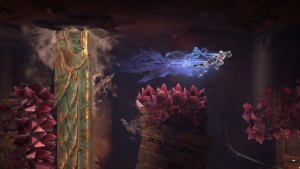
To further assist with navigation, the game introduced me to its Memory Shard system, something I never knew how badly I wanted in a Metroidvania until I experienced it. In essence, I could use Memory Shards to take a snapshot of any area I was in which would then be automatically pinned to my exact location on the game’s map for future reference. Memory Shards turn the usual song and dance of “sprinkle the map with waymarks and vague symbols and hope you remember what you were thinking at that moment” into an actual, visual photo album to recall when needed.
These design decisions made it clear to me; Ubisoft wants everyone to be able to experience The Lost Crown and is determined to make it as approachable as possible, whether you’re a seasoned player or brand new to the genre.
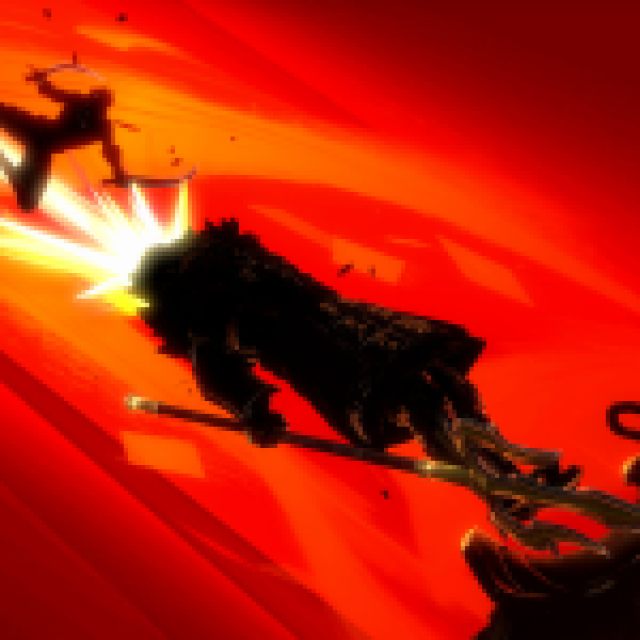
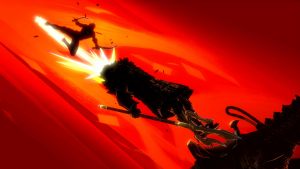
Reintroducing the series as a 2.5D Metroidvania seems entirely fitting – after all, what were those cinematic platformers of the early 90s if not Metroidvanias before we had the term? The Lost Crown is a beautiful mixture of old and new, modernizing a classic genre while still recognizing the foundation that it evolved from.
Prince of Persia: The Lost Crown wants to tell a new story. A story that, while separate from the games that came before it, doesn’t forget the thousands of years of history and culture they’re based upon. It’s a unique experience that remembers the character who’s served as the series identity since the beginning: Persia.
